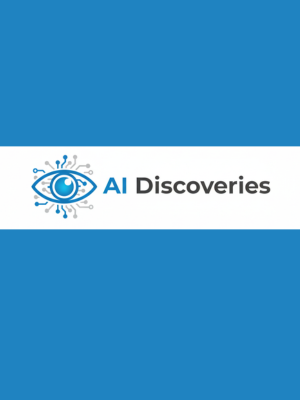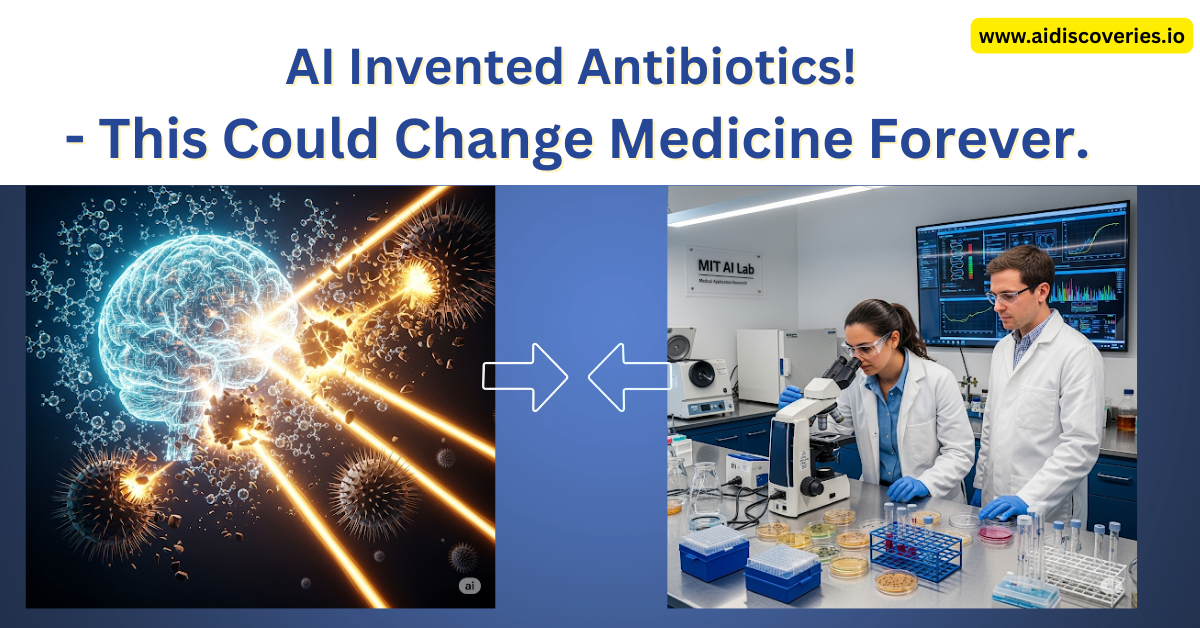Imagine a world where a tiny scratch could be fatal.
Where gonorrhoea and MRSA laugh in the face of every antibiotic we have.
Where doctors run out of options — and you run out of time.
That’s not some distant dystopia. That’s the slow-motion crisis unfolding right now, thanks to antimicrobial resistance. Every year, millions die from infections we thought we had beaten.
Read Also: How to Earn an Additional $200 a Day Using ChatGPT (Step-by-Step Guide)
But this week, something extraordinary happened in a lab at MIT.
Something that could flip the script.
A Computer Just Cooked Up Two New Drugs… And They Work
Not discovered. Not tweaked. Invented from scratch.
MIT scientists trained an AI system to dream up brand-new chemical compounds — ones no human chemist had ever imagined. Out of tens of millions of possibilities, two molecules emerged like needles from a galaxy-sized haystack:
- NG1 – obliterated drug-resistant gonorrhoea in lab tests, then cured infected mice.
- DN1 – shredded MRSA in dishes, then healed skin infections in living mice.
Both are so chemically different from anything we use today that bacteria have never seen their kind before. That’s like walking into a boxing ring with a move your opponent can’t even name.

Why This Is a Big Deal
We’ve been stuck in an antibiotic rut for decades. New drugs are mostly minor edits to old ones, and bacteria have evolved around them with ease.
But these AI-designed drugs? They attack bacteria in an entirely different way — by ripping apart their cell membranes. It’s a brutal tactic, and one bacteria will struggle to defend against quickly.
If this works in humans the way it worked in mice, we might be looking at the blueprint for a second golden age of antibiotics.
How the AI Did It
Here’s the wild part:
The AI wasn’t just scrolling through a chemical database like a very fast librarian. It was imagining new molecules.
- Fragment-based creation – The team fed it a tiny “seed” fragment known to harm bacteria. The AI then designed millions of new molecules that included that fragment, ranking them for potency and safety. NG1 was the star.
- Free-form invention – Then they let the AI off the leash entirely, asking it to design molecules from scratch. Out of 29 million creations, DN1 emerged as the champion.
Both molecules were handmade in the lab, tested in dishes, and finally in mice — and they worked.

The Caveat (Because Science)
Before you imagine these drugs in your local pharmacy next month, here’s reality:
- We don’t yet know if they’re safe in humans.
- We don’t know how long bacteria will take to adapt.
- Turning a mouse cure into a human medicine will take years.
But the proof of concept is here: AI can invent first-in-class antibiotics that actually work in living organisms.
Why This Could Change Everything
This isn’t just about two molecules.
It’s about a new way to fight an old enemy.
Instead of spending years blindly screening known chemicals, AI can search the vast, unexplored universe of possible molecules — and do it in weeks. That means we could go after other killers: tuberculosis, deadly gut infections, and even hospital “superbugs” that no drug can touch today.
The team behind this breakthrough is already planning the next targets. And if they succeed, we may one day look back on 2025 as the year we turned the tide in the war against superbugs.
Final thought:
The last time we had a golden age of antibiotic discovery, it was the 1940s–60s. We’ve been coasting — and losing ground — ever since. But now, thanks to AI, we might be at the start of something even bigger.
The only question is: will we move fast enough to stay ahead of evolution?


